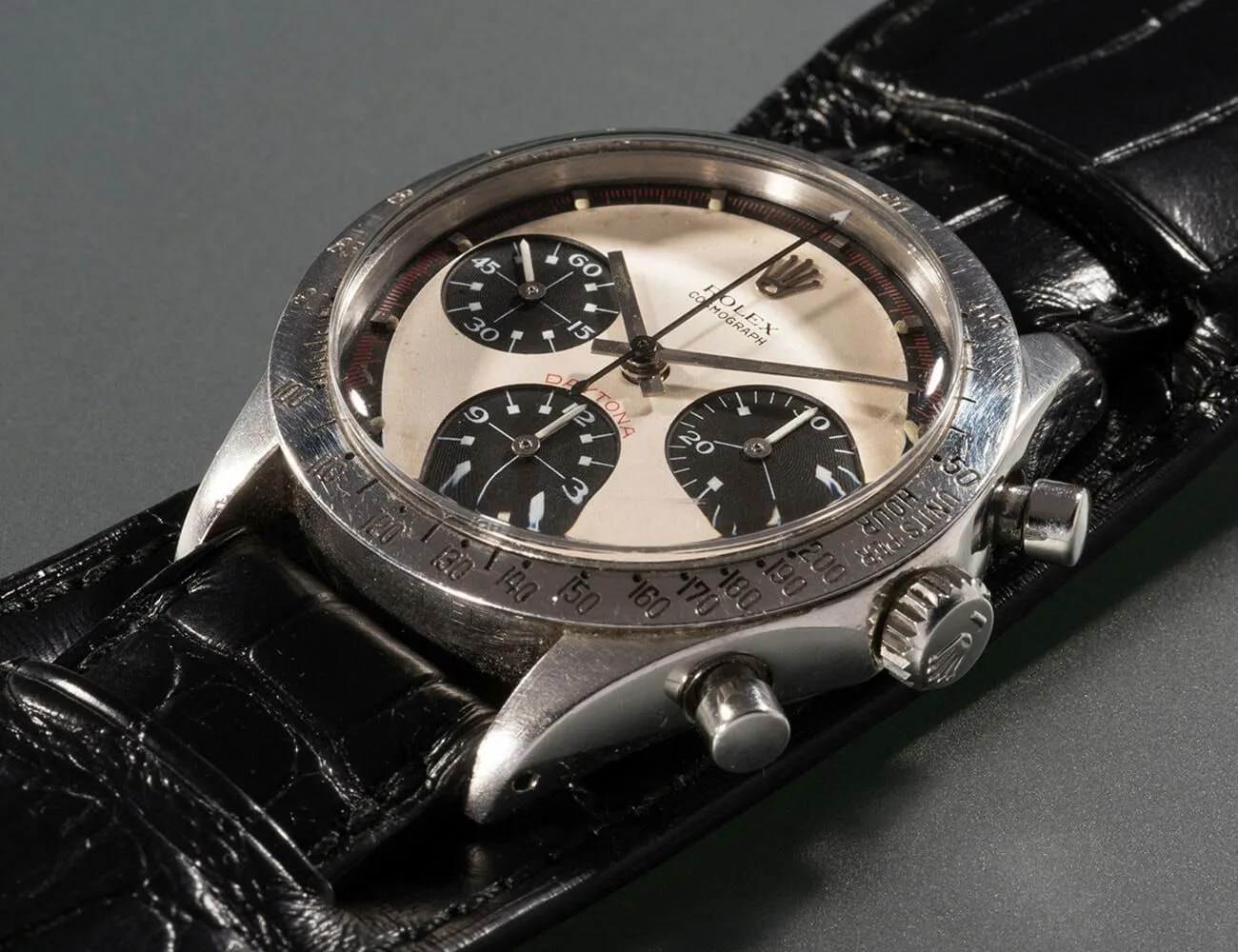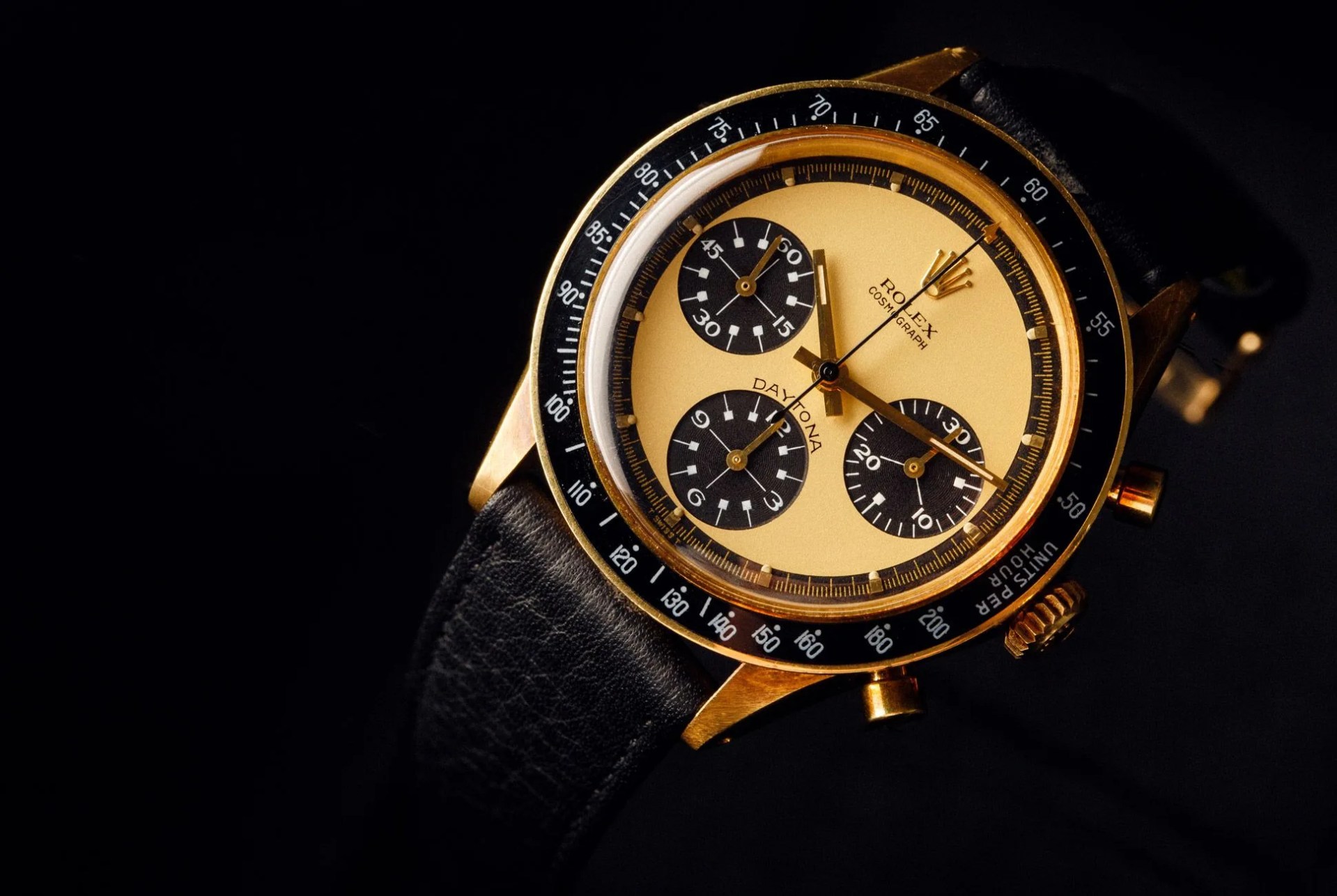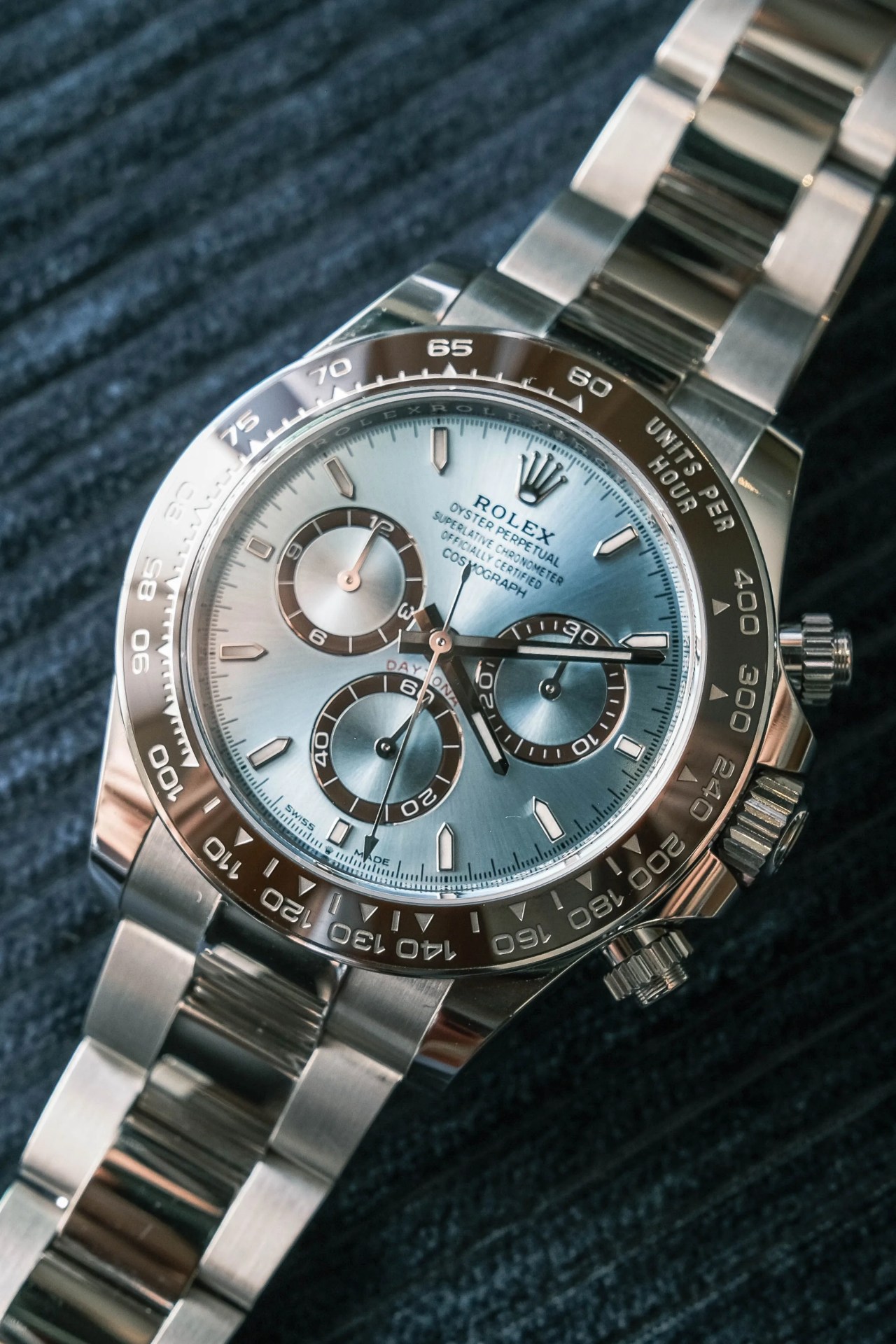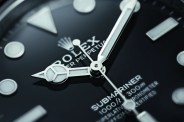Welcome to Watches You Should Know, a biweekly column highlighting important or little-known watches with interesting backstories and unexpected influence. This week: the Rolex Cosmograph Daytona.
Vintage watches are more collectible and visible than ever, with auction reports gracing the pages of mainstream publications like the Wall Street Journal and The New York Times. Actually, when we talk about collectible vintage watches, what we’re really talking about is Rolex and Patek Philippe, because the chasm between the desirability and values of watches from these two brands and the rest couldn’t be larger.
Today, the Daytona is one of Rolex’s most popular models, and no one is surprised when a rare vintage model achieves an astronomical price at auction. This is ironic, because not that long ago, Rolex dealers could hardly give these models away.
While auction prices for the one time flop of a watch were skyrocketing, tales of the infamous wait lists for new models at Rolex authorized dealers swirled among watch collecting circles. Prospective buyers would be lucky to find a dealer with a one-year waitlist, and three- to five-year lists were not uncommon.
Dealers couldn’t get nearly enough stock to satisfy the demand, and Daytonas were often held back for the best customers. It’s not too often that a watch goes from being a sales dud to a piece for which people will wait years (just for the honor of paying full retail price), but that’s what makes the Daytona such a fascinating story.
Rolex had been producing chronographs for decades before the Daytona came along, but two significant aesthetic elements separate the Daytona from its predecessors: the external tachymeter bezel, and a contrasting color scheme for the dial and chronograph registers. Reference 6239, introduced in 1963, kicked off these two features and was the first Rolex Cosmograph.







